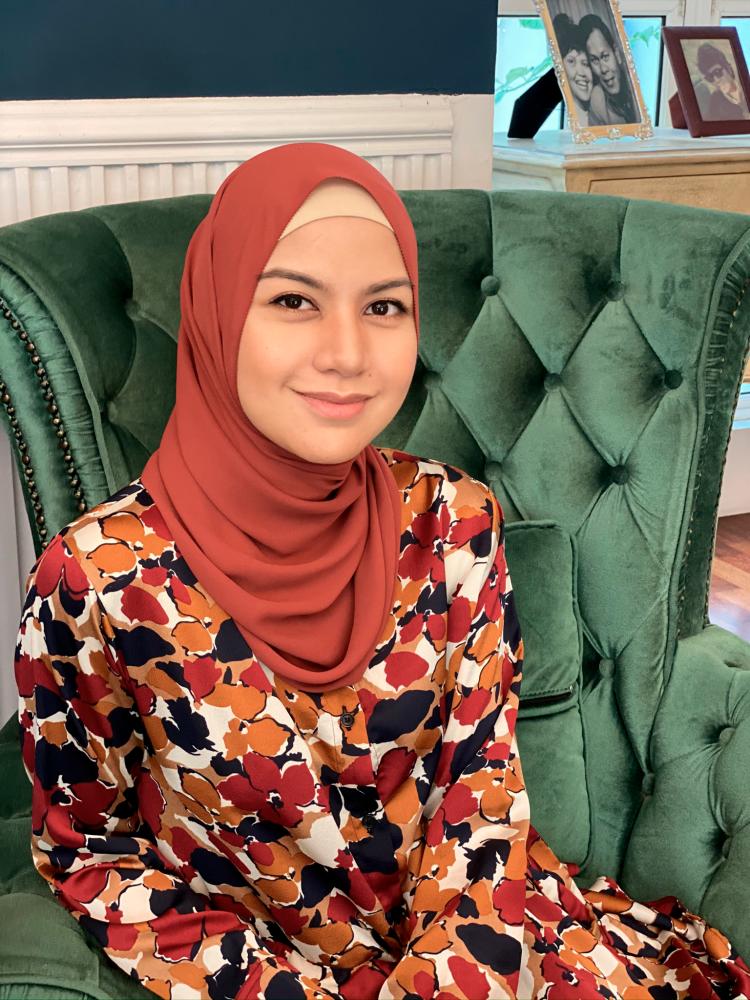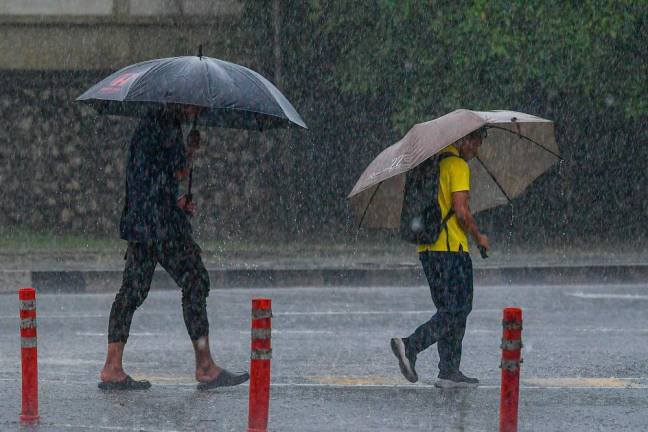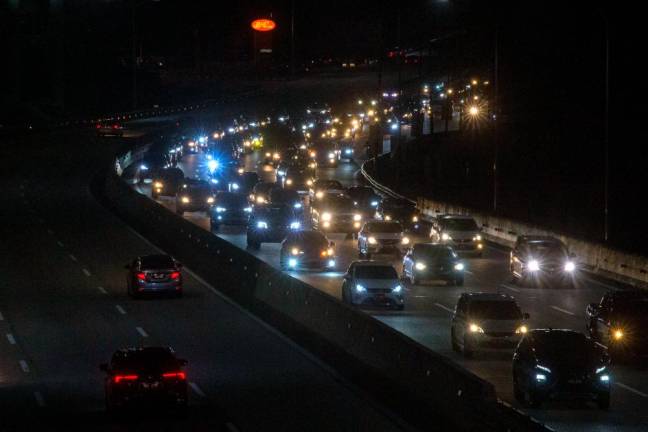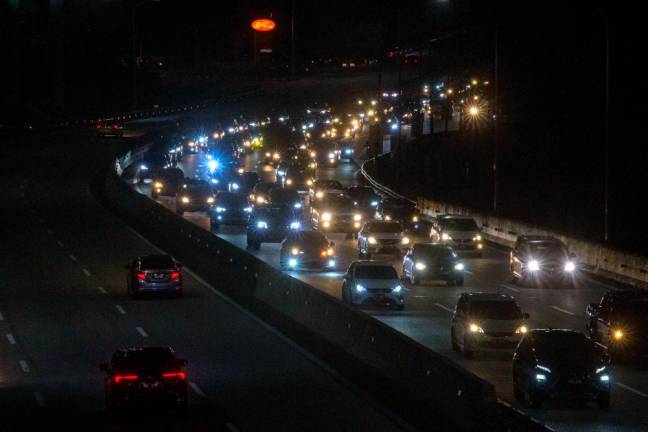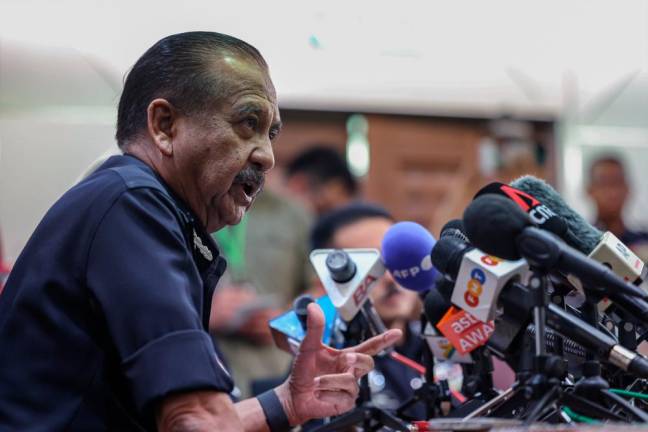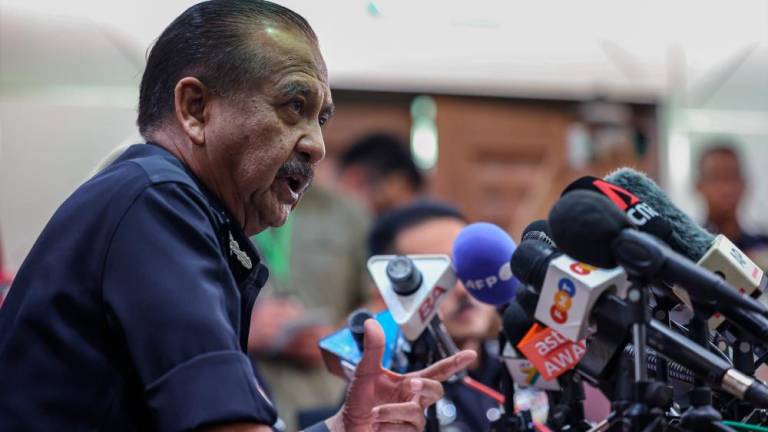UNITED NATIONS Children’s Fund (Unicef) is a United Nations agency whose goal is to champion the rights of every child.
For most of us, our interaction with Unicef is little more than avoiding eye contact with grey vest-wearing volunteers with clipboards in hand, who try to corner us while asking for signatures or pledges for support.
Attitudes towards contributing differ; some pledge every month without question, while others are sceptical whether any good will come from their donation.
For Lisa Surihani, she pledged to be Unicef’s National Ambassador for two years in 2017, and last year she renewed her pledge for another two years.
“When it comes to my role, I don’t represent or ‘speak for’ the children. We say that as a Unicef National Goodwill Ambassador, we amplify the voice of the children. We respect that children have their own voice,” says Lisa.
“Like other humanitarian organisations, Unicef needs a lot of funding. Last year, I went to Cox’s Bazar, a Rohingya refugee camp in Bangladesh, to see for myself how Unicef is helping children there.”
The trip opened her eyes to the reality of the Rohingya refugee crisis in Bangladesh, the complexity of the situation, and Unicef’s efforts there.
“I wanted to see with my own eyes the biggest humanitarian crisis in the world,” says Lisa. “And to also understand where the [Unicef] funds are going, and what are they doing with it.
“It was an amazing and humbling experience. There are a lot of organisations from all over the world there, all trying to help the situation.
“And they help in various ways, such as [through] monetary funding, which is then funnelled to the various components or instruments to help the refugees.”
For example, the money could be used to provide medical and nutritional aid. The latter is especially important to ensure the proper development of a child.
Lisa says: “Due to the conflict, the children are not eating proper food, and that causes them to suffer from malnutrition, chronic malnutrition. It affects their growth, their learning abilities, their health at large, and it could spark an epidemic.”
Education is also one of the instruments funded to help refugees. Lisa saw that great thought and care was given to ensure that it was effective, and in line with the needs of the Rohingya children.
“I felt this was so, so interesting. When you are a refugee ... you don’t get your basic rights like access to education. So what do you do? You get them educated. It seems like common sense,” says Lisa.
“But,” she added, “it is not as straightforward”.
Lisa explains that Unicef’s solution is to build ‘centres’, as ‘schools’ to imply there is a syllabus. Having schools suggest that these stateless refugee children would be educated with materials approved by a country’s education ministry.
“Should they learn under the Bangladeshi education system? They are not Bangladeshis. Should they learn under the Myanmar education system? They just ran away from the violence in that country. So what do we do?
“This realisation was eye-opening. You can’t just teach the children willy-nilly based on just any syllabus we want.”
She observed that to solve that issue, Unicef developed its own educational module. To add to the complexity, not all Rohingya children of the same age have the same level of education, and the module has to take that into account.
“And you can’t just put a 14-year-old who doesn’t have primary education with a six- or seven-year-old and expect them to learn at the same pace either,” she says.
“They might need to learn the same thing, but the way children learn and develop at various ages is different.
“So, it was interesting to sit with the educators. And some of these educators are volunteers from Bangladesh. We discuss how the education of refugee children is not as easy or straightforward.”
Unicef also built safe houses for women. These are specially developed for those who are suffering from trauma, or victims of rape, and any women who don’t feel that they are safe.
“These women can go to these safe houses [during certain hours], and no men are allowed inside the safe house.”
Lisa added that at the safe houses, the women participate in community activities together, and can express themselves. It gives them a sense of belonging. The women even pray together, and those with small children can drop them off at a play area while they congregate.
“It’s heartening to see all the women do everything they can to survive,” says Lisa. “We see them exploring wearing colourful clothes. It helps with their mental wellbeing as well.
“The whole camp is transforming into a township with its own barbershops, convenience stores, markets, and places to socialise.”
However, no matter how much they manage to rebuild their lives, the people can’t settle at Cox’s Bazar.
“When I came back, I cried and cried because I held back tears the whole time I was there,” says Lisa.



